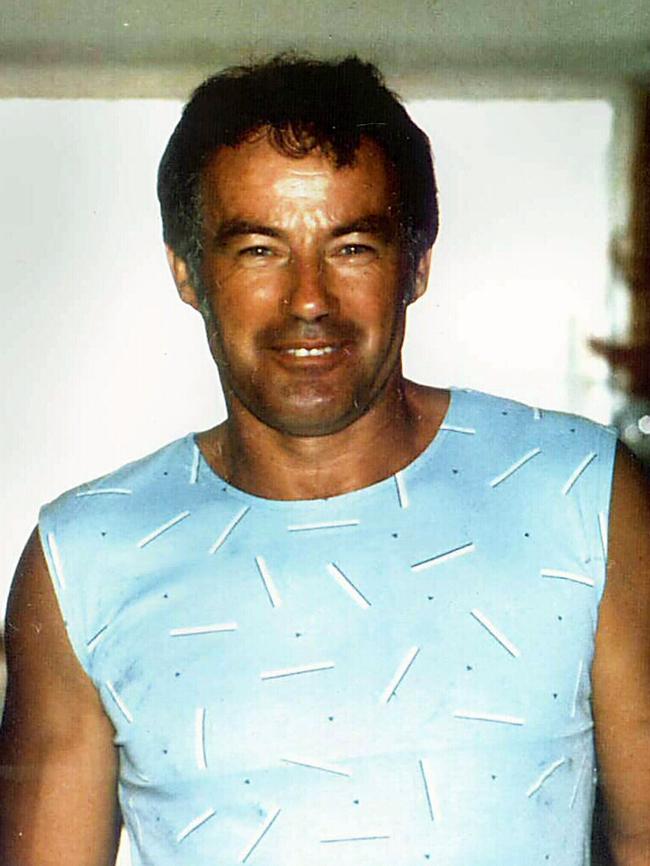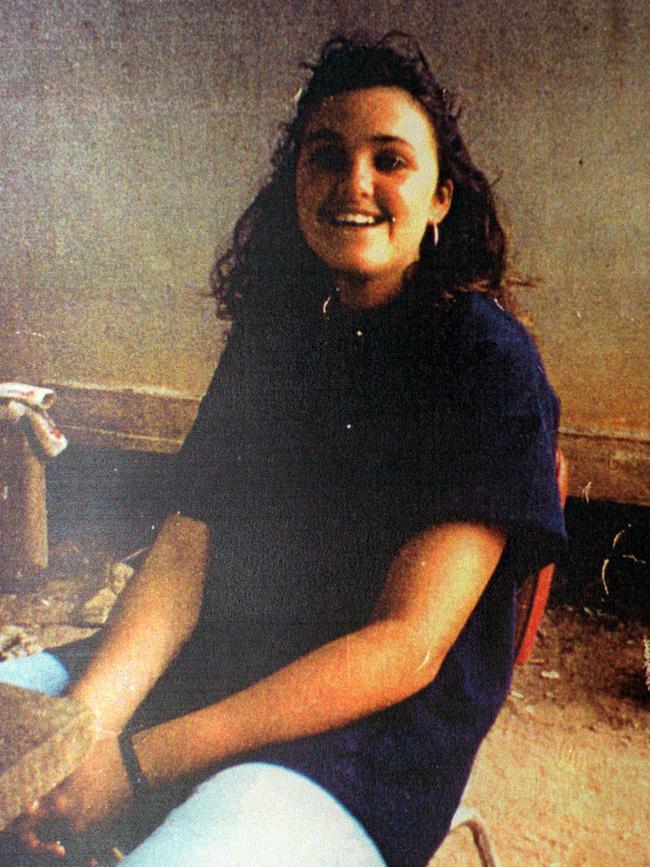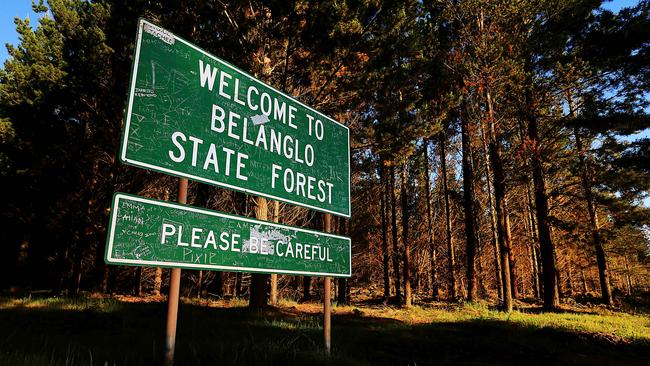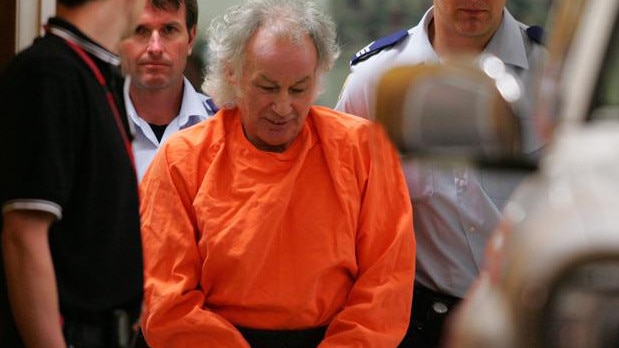How forensic evidence finally solved Ivan Milat accomplice mystery
He's Australia's most infamous serial killer. But since he was jailed for the backpacker slayings there have been persistent rumours that Ivan Milat, who has been rushed to hospital, did not act alone. Here's how the truth was uncovered.
Behind the Scenes
Don't miss out on the headlines from Behind the Scenes. Followed categories will be added to My News.
As infamous killer Ivan Milat is rushed to hospital, we look back on how strands of hair found clutched in the hand of a murder victim finally answered the enduring mystery of whether he had an accomplice.
Forensic evidence has confirmed Ivan Milat acted alone when he set about murdering seven backpackers in a horrific spree that made him the nation’s most infamous serial killer.
For more than 20 years since Milat was sentenced to life for the Belanglo Forest backpacker slayings in New South Wales, there have been persistent claims the style of the killings and some forensic evidence suggested an accomplice.
Most telling were several strands of hair found still clasped in the hand of one of his victims, British backpacker Joanne Walters, from when she was murdered in 1992.
Conventional DNA testing of the strands had concluded they did not belong to Milat nor Ms Walters, and police reported as late as 2009 they had preserved a few untested hair strands for advances in scientific testing methods.
CHARLES MIRANDA EXPLAINS THE CASE:
Now Clive Small, the former detective who headed the Task Force Air police team that made the Milat conviction has told True Crime Australia that last page of the gruesome case had been turned.

“There are no longer any outstanding matters in this case,” he said.
Prison pen pal: Ivan Milat’s bizarre letters to a burlesque dancer
Gruesome discovery: The day Milat’s first victim was found
Mr Small, who ended his NSW Police career as an assistant commissioner and is now a crime author and consultant, said the severely weathered strands, less than six of them, had been set aside but had since been tested following advancements in forensics, particularly out of world-leading institutions in the UK, now being mirrored here.
“Our forensics originally said it was difficult to profile but appeared to be from a bloke however, we have subsequently had (it) tested at two laboratories and the retesting has found it was Walters’ hair, it was her own hair,” Mr Small said.

“Forensic services retested the hair in Joanne’s right hand, which forensic medicine at Glebe had originally concluded belonged to a man, but the DNA testing showed it consistent to Joanne and that was subsequently corroborated again after being sent to another mob for testing.”
Mr Small speculated the 22-year-old victim may have put her hands to her face and head during the ordeal.
He said the main forensics were performed in Australia, but samples were also sent to the UK so as to DNA compare and match absolutely to Joanne’s relatives overseas.
Milat was suspected in other abduction cases dating back to the 1970s but he was never charged and all those cases involved an individual, not a pair.
“There was nothing that pointed to an accomplice,” he said, adding that all the recovered camping and hiking goods from the victims all came from Milat and no one else.

Those killed between 1989 and 1992 were British tourists Walters and Caroline Clark who had disappeared in April 1992, German couple Gabor Neugebauer and Anja Habschied who disappeared around Christmas time 1991, Melbourne couple Deborah Everist and James Gibson who hadn’t been seen since they left Frankston in 1989 and German traveller Simone Schmidl.
While there is no more forensic evidence to test, speculation will remain as to whether someone else was involved.
There had been claims of accomplices based on the discovery of cigarette butts and empty beer bottles that littered the Belanglo site, but these clues have long ago been ruled out.
FOLLOW: True Crime Australia on Facebook and Twitter
In July 2005, lawyer John Marsden, who had had an association with the Milat family from when he got Ivan Milat off a charge of a knifepoint rape in 1974, made a deathbed confession he believed Milat did have an accomplice in the killing of the British girls and it was Ivan’s sister Shirley Soire who died in 2003.
It was Soire that had called Marsden for help when Milat was first arrested. He later recanted his claim identifying her but maintained there was a second person.

After Milat’s arrest, police called two forensic psychologists and pathologists who both felt there were possibly two killers involved because of the varied style of the killings, some frenzied, others methodical, and the use of different methods, including in one case a blindfold.
During Milat’s trial his defence muddied the waters further, claiming it could have been one of Milat’s relatives who did the slayings, and in handing down seven life sentences Justice David Hunt claimed in his opinion it “is inevitable that the prisoner was not alone in that criminal enterprise”.
Police officers involved in the case never believed there was anyone else involved although probes had looked at his male relatives and a former road works colleague who has since died.
An eighth potential Milat victim Paul Onions from the UK had been backpacking in the area in 1990 when on a hitched ride south of Mittagong the driver, later identified as Milat, attempted to kidnap him at gunpoint.
He managed to escape, flagging down a passing car and reporting the incident to police.
He telephoned Air officers in 1993 after international reporting of the discovery of the bodies at Belanglo. It was the call that broke the case open for police.
All the victims had been either shot or stabbed or both, most multiple times.
Milat, who was a roads worker and a truck driver, has been linked to a dozen other young missing persons particularly from the Newcastle and Central Coast region although never to a point where he could be charged.
Originally published as How forensic evidence finally solved Ivan Milat accomplice mystery


